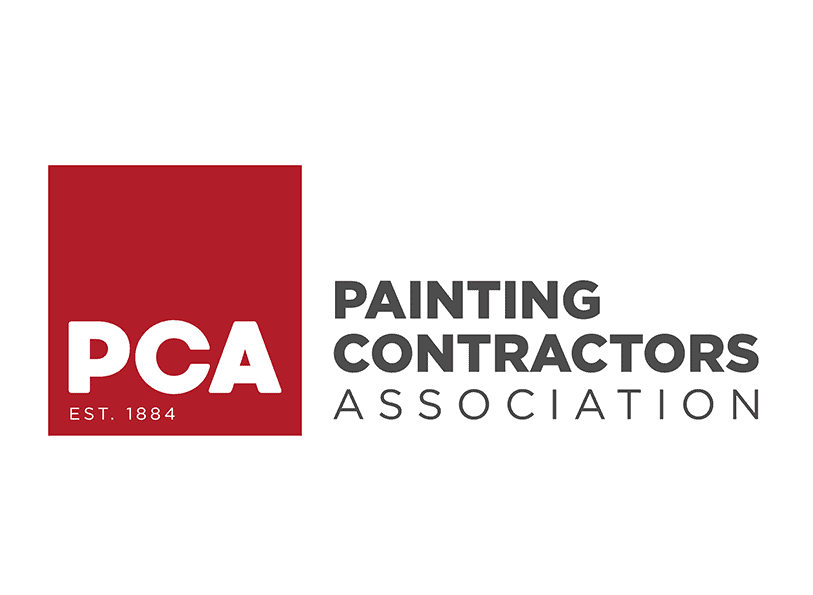18 May What You Need to Know About Painting a Brick Exterior
Painting red brick exteriors has become popular in recent years. In a tight real estate market, many people turn to buying older homes and renovating them to get the look they want. However, is it advisable to paint any brick exterior? The answer is no. Not all bricks should be painted. At Home Works Painting, we’re happy to assess your brick and provide our assessment and an estimate if the brick is paintable.
Here is what you should know about painting brick.
Brick Exteriors
Most bricks were not created to be painted. They’re typically made to serve as the exterior and final layer. Its durability as a building material has made brick a popular option. They come in different sizes, types, colors, and, to some degree, durability. While some bricks may be painted, not all bricks accept paint well.
Hiring a painter with expert skills and experience is essential if you want the paint job to last. How – and by whom – the paint is applied will make all the difference in your investment.
Evaluating Brick
A qualified professional can determine if a particular brick can accept any paint well by assessing its quality and condition.
If your brick is in poor condition and shows signs of deteriorating, chipping, mold, efflorescence (white residue), moisture, or chipped mortar, it might be too compromised to sustain paint well through the years. It’s not a good idea to paint over it.
The brick is also compromised if moisture has seeped behind or into it. The paint won’t adhere well to its surface.
Brick facades should be carefully assessed to determine whether painting it will be a good idea in the long run.
Correct Primer for Brick
Selecting the correct primer is critical to the success of the project. Bricks are typically chemically neutral, while the mortar is more alkaline. Because of the chemical difference between the brick and mortar, an experienced contractor can determine the correct primer to use.
The Presence of Efflorescence
Most of us have seen a white residue on older bricks. It’s something called efflorescence, and it shouldn’t be ignored. It’s a salt build-up on the brick’s surface, which can indicate moisture inside the brick. And, as we said, moisture can prevent you from painting brick.
The efflorescence should be removed, and you should wait to see if it returns. If it does return, it points to moisture that should be addressed. It also means it’s not advisable to paint the brick.
Prep Before Painting
Before applying any paint, a thorough inspection of the brick facade should be done. Cracks must be sealed, and the mortar should be repaired.
As with all painting projects, the brick’s surface must be professionally cleaned with the right products before applying primer and paint. After being cleaned, it should dry for at least 24 hours.
Correct Paint
Once the brick has been adequately primed, it’s time to paint. But using the correct paint will impact the integrity of the project and the longevity of the paint. Brick can be painted or stained; we’re happy to discuss the differences with you.
According to the Brick Industry Association, porous paint for exterior brick walls should be used, so the brick can breathe. We recommend using high-quality paint. This isn’t a project where skimping on quality will pay off, and the correct products should be used.
Contact us at Home Works Painting for a free assessment of your brick if you’re interested in painting over it. We have experience painting brick interiors and exteriors and know which products to use and how to correctly complete the project.
FAQ
1. Is painting a brick exterior always a good idea for every home?
Painting a brick exterior can dramatically transform the look of your home, but it’s not suitable for every type of brick or situation. Some bricks, especially older or damaged ones, may not be good candidates for painting. It’s important to have your brick facade carefully evaluated before proceeding, as issues like efflorescence (white salt residue) or ongoing moisture problems can make painting inadvisable.
2. What preparation is required before painting exterior brick?
Proper preparation is crucial for a successful and long-lasting paint job. The brick surface must be thoroughly cleaned, often with a power washer, to remove dirt, dust, and any loose debris. All cracks and holes should be filled, and any evidence of efflorescence or moisture issues must be addressed. The brick should be allowed to dry completely—often for at least 24 to 48 hours—before applying primer or paint.
3. What type of paint should be used on exterior brick?
Exterior brick requires a specialized paint that can withstand weather exposure and allow the brick to breathe. Masonry paint is recommended, as it is formulated for porous surfaces like brick. Using a high-quality, wear-resistant exterior paint is essential for durability and to prevent issues like peeling or flaking.
4. Do I need to use a primer before painting brick?
Yes, applying the correct primer is important, especially given the chemical differences between brick and mortar. An alkaline-resistant primer is typically needed to ensure proper adhesion and to protect the paint from alkali burn or moisture issues. Skipping this step can lead to poor results and a shorter lifespan for your paint job.
5. How permanent is painting a brick exterior, and what should I consider before deciding?
Painting brick is a relatively permanent decision. Once brick is painted, removing the paint is difficult and labor-intensive. It’s important to be confident in your choice of color and finish, and to understand that the painted surface will require ongoing maintenance over the years. Make sure all repairs and moisture issues are resolved before painting, as these can cause premature paint failure.

Mike Katounas is the owner of Home Works Painting, a painting business in Northern Virginia. He has over 15 years of experience in residential interior and exterior painting, drywall installation/repair, carpentry, wallpaper removal, power washing, commercial painting, color consultation, and staining/sealing. Their service areas include Chantilly, Fairfax, Herndon, Oakton, Reston. Mike takes pride in his work, and he always follows a strict code of conduct that includes the use of quality paint, a clean workspace, and an honest, respectful approach to his customers.












Sorry, the comment form is closed at this time.